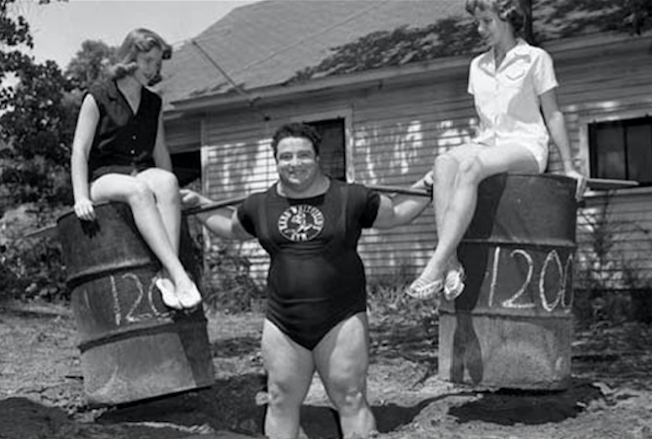"Ask the Coach" is the column in which Wolfgang Unsöld answers your questions. The book of the same name is available right here on Amazon.
Question: I like the book "The perfect squat" very much because it deals with many important topics and points about squats in a good and understandable way. I find the historical background to the squat particularly interesting. Above all, I would have liked to have had more insight into other types of squats, such as Zercher or overhead squats. Why can't I find these other variants in the book ? Bastian
WU: Yes, that's right, many variants of the squat are not listed in the book. For a simple reason, the variants that are not listed are not of great relevance from my point of view and in my work. Always for a good reason, of course. I have already discussed the overhead squat in detail here . Basically, there are many variants of the squat that are used regularly, as in the YPSI. As written at the beginning of the book, there are over 100 variants that I regularly integrate into programs. The aim of the book is to give a practical, efficient and entertaining yet deep insight into the subject of squats. For this reason, I have reduced myself to a series of basic variants of the squat, each of which covers a specific area of work very well and explains it, in order to maximize practical relevance and efficiency. A simple metaphor is the vocabulary in relation to the vocabulary used. The standard German language comprises around 75,000 words. With variants even 300,000 to 500,000 words. However, the standard vocabulary that we use in everyday life to speak a language fluently only comprises around 300 words. It is therefore not necessary to know every single word of a language in order to speak it fluently. Even a native speaker rarely knows every word of his native language. Only about 300 out of 75,000 words are necessary to speak a language fluently. Same with squats. A good basic range of variants with optimal execution and integration into the training - in the case of a language, these are pronunciation and grammar - are completely sufficient to achieve consistently high and sustainable progress in the squat. In the context of efficiency and suitability for everyday use, two principles based on which I wrote the book, the focus was not on treating each of the possible variants of the squat in more detail in the book, but rather examining the most important basic variants in detail with a high level of practical relevance take. So that the reader can make a maximum transfer to his training.
Good luck with these variants of the squat in training!
Wolfgang's latest book "The Perfect Knee Bend" is available right here in the YPSI Online Shop and on Amazon
If you have a question for the Ask the Coach column, post it in the comments below and with a little luck your question will be selected for an upcoming post or the next Ask the Coach book.
Picture: Strongman Paul Anderson one of the pioneers of squats, who also has his own dedicated paragraph in the book, in Anderson Squats, a variant of the pin squats, in which he uses a hole in the ground and larger barrels as resistance instead of a squat rack.

